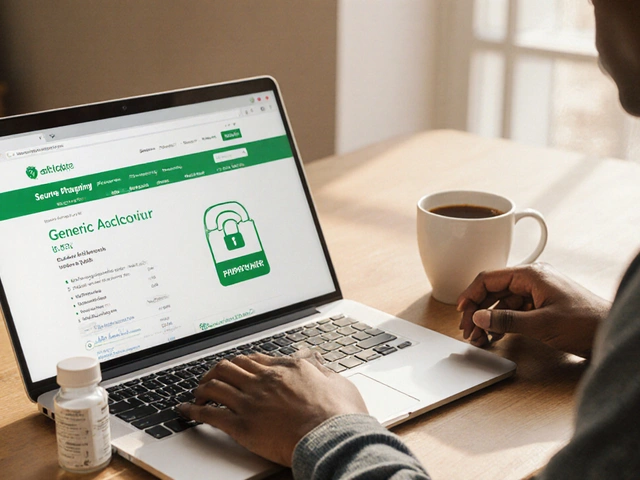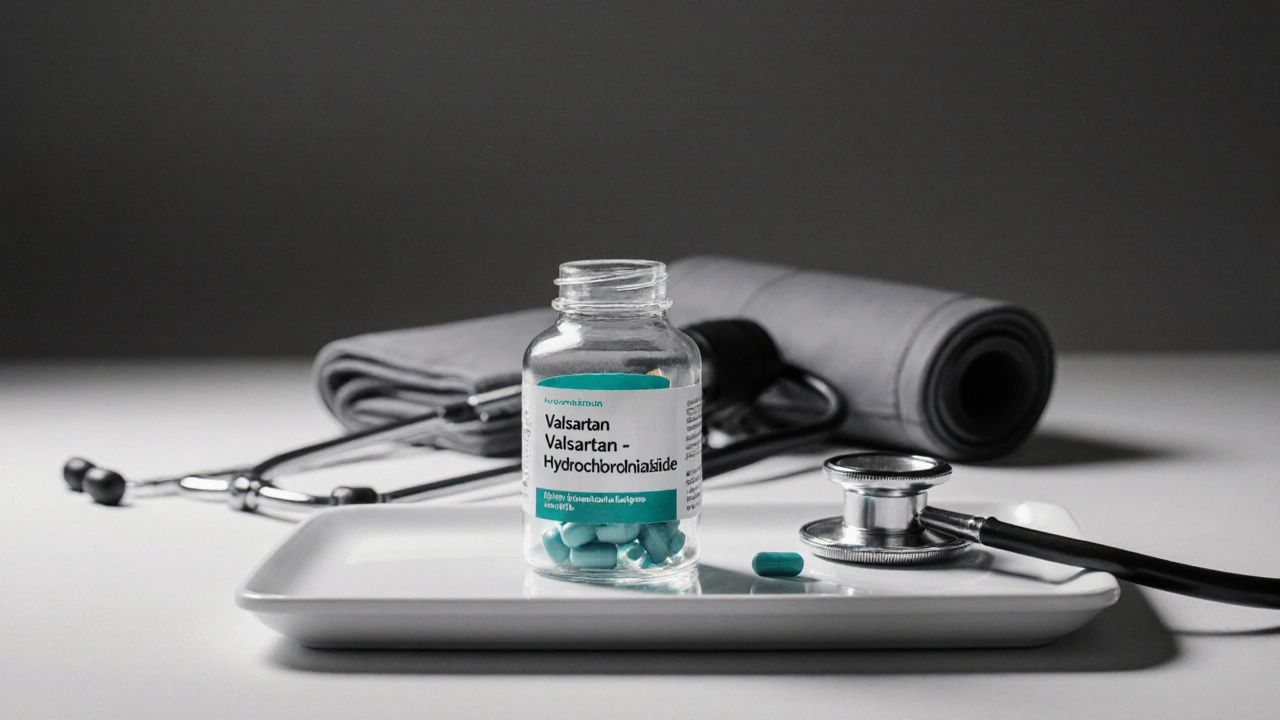Blood Pressure Medication – What You Need to Know
If you’ve been told you have high blood pressure, the first thing most doctors suggest is a medication. But with dozens of pills on the market, it’s easy to feel lost. This guide breaks down the basics so you can understand what each drug does, why side effects happen, and how to pick a safe online pharmacy. No jargon, just clear facts you can use today.
Common Classes of Blood Pressure Drugs
ACE inhibitors (like lisinopril) widen blood vessels by blocking an enzyme that tightens them. They’re often the go‑to for people with diabetes because they protect kidneys, too.
Beta‑blockers (such as atenolol or Inderal) slow your heart rate and lower the force of each beat. They help with anxiety‑related spikes and are useful after a heart attack.
Calcium channel blockers (like amlodipine) stop calcium from entering muscle cells, which relaxes arteries. You might feel swollen ankles at first, but that usually fades.
Diuretics, aka water pills, tell your kidneys to dump extra salt and fluid. They’re cheap and work well for many patients, though they can raise uric acid levels.
ARBs (angiotensin II receptor blockers) act like ACE inhibitors but tend to cause fewer coughs. Common names include losartan and valsartan.
Each class targets a different part of the blood‑pressure puzzle, so your doctor may combine two or more drugs for best control.
How to Choose & Buy Safely Online
When you know which drug your doctor prescribed, the next step is getting it without hassle. Buying from a reputable online pharmacy saves time and often money, but only if you follow three simple rules:
- Check the license. Legit sites display a pharmacy license number and link to a national regulator (e.g., FDA or your local health authority). If you can’t find this info, walk away.
- Require a prescription. Any site that ships medication without asking for a doctor’s order is risky. Viamedic.com only works with verified prescriptions and offers a secure upload form.
- Compare prices wisely. Extremely low prices can mean counterfeit pills. Look for transparent pricing, shipping costs, and a clear return policy.
Viamedic.com lets you browse drug facts, read side‑effect summaries, and even see user ratings before you buy. The platform also flags interactions with other meds you might be taking – a handy safety net if you’re on multiple prescriptions.
Once you place an order, reputable pharmacies ship in discreet packaging and provide tracking numbers. Keep the original bottle for future reference; it contains lot numbers and expiration dates that can be useful if you need a refill.
Finally, never stop a blood pressure pill without talking to your doctor. Even if you feel great, the medication keeps your heart and kidneys protected behind the scenes.
Understanding how each class works and following safe‑buying steps puts you in control of your health. Use this knowledge next time you chat with your physician or browse Viamedic.com – it’s your shortcut to better blood pressure management without the confusion.
Valsartan-Hydrochlorothiazide and Potassium: What You Need to Know
Learn how Valsartan-Hydrochlorothiazide affects potassium, signs of low or high levels, monitoring tips, diet advice, and when to seek medical help.
Norvasc Uses, Dosage, Side Effects, and Important Facts for Blood Pressure Control
Norvasc is a widely prescribed medication for high blood pressure and chest pain (angina). This article breaks down how Norvasc works, who should use it, what side effects to expect, and tips for getting the most out of your treatment. You'll find specific advice, facts, and relatable stories to help make sense of this common medication. Learn about dosage, interactions, and what daily life on Norvasc might look like, so you can take control of your blood pressure with confidence.
10 Alternatives to Losartan: A Straightforward Guide to Hypertension Options
Wondering what to do if Losartan isn't the right fit? This clear and honest guide covers ten other common medications used to manage high blood pressure, each with its pros and cons. You'll get simple breakdowns, smart tips, and the real talk you need to discuss options with your doctor. Make your next appointment less confusing by knowing which meds might work differently—and why. From ACE inhibitors to beta blockers, you'll know what's out there.
About
Medications, Health and Medicine
Latest Posts


Baclofen: Uses, Side Effects, Dosage, and Patient Guide
By Orion Kingsworth Jun 9, 2025

Buy Cheap Generic Ativan Online: Safe Tips & Price Guide
By Orion Kingsworth Jul 28, 2025

Azelaic Acid: A Gentle Solution for Sensitive Skin
By Orion Kingsworth Jan 23, 2025



